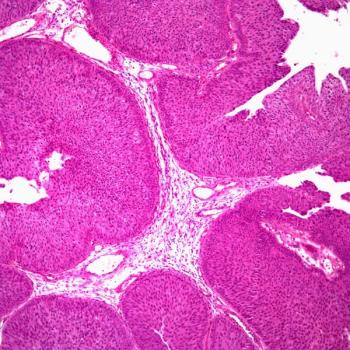
Findings from the phase 2 UNITE study indicate that certain biomarkers may help inform clinical decision making and sequencing in patients with advanced urothelial carcinoma.

Your AI-Trained Oncology Knowledge Connection!


Findings from the phase 2 UNITE study indicate that certain biomarkers may help inform clinical decision making and sequencing in patients with advanced urothelial carcinoma.

Almost half of patients with muscle-invasive bladder cancer in a phase 2 trial had clinical complete responses following transurethral resection of bladder tumors plus nivolumab and chemotherapy.

Niraparib plus abiraterone and prednisone continue to improve outcomes among patients with metastatic, castration-resistant prostate cancer and HRR gene alterations, according to interim data from the MAGNITUDE study.

Long-term safety data from the phase 3 ARAMIS rollover trial support the use of darolutamide in patients with nonmetastatic castration-resistant prostate cancer, according to an expert from the Carolina Urologic Research Center.

In a final overall survival analysis of the phase 3 PROpel study, abiraterone actetate/olaparib demonstrates a sustained trend toward overall survival for metastatic castration-resistant prostate cancer vs standard-of-care abiraterone.
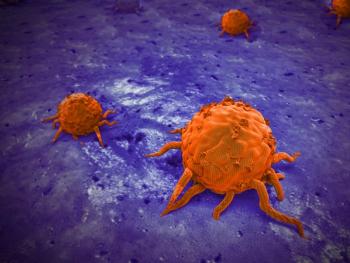
Findings from the phase 3 ARASENS trial indicate that darolutamide plus androgen-deprivation therapy and docetaxel should be considered a new standard of care for metastatic hormone-sensitive prostate cancer.

Treatment with talazoparib and enzalutamide appears to yield a statistically significant and clinically meaningful radiographic progression-free survival benefit compared with placebo/enzalutamide in frontline metastatic castration-resistant prostate cancer regardless of homologous recombination repair status.

Data from the European phase 1 MB-105 trial indicate that the safety profile of annamycin in geriatric advance acute myeloid leukemia are consistent with previously reported findings.

Adverse effects including light sensitivity and blurred vision lead to a clinical hold in enrollment for the phase 1/2 VERA trial evaluating BLU-222 in advanced solid tumors.

Treatment with 177Lu-PSMA-617 results in similar survival benefit regardless of when it was administered after radium-223 in patients with metastatic castration-resistant prostate cancer, according to an expert from University Hospital of Münster in Germany.

Phase 3 KEYNOTE-859 trial data favor pembrolizumab plus chemotherapy over chemotherapy alone in the frontline setting for metastatic or unresectable gastric or gastroesophageal junction cancer.
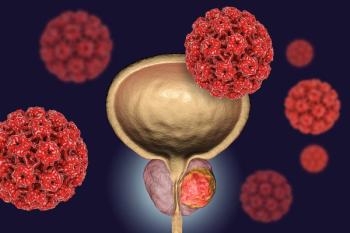
Darolutamide produces a lower rate of discontinuation compared with enzalutamide or apalutamide among patients with non-metastatic, castration-resistant prostate cancer.
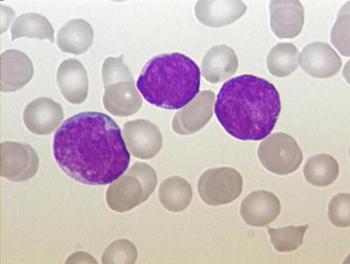
An expert from the University of Texas MD Anderson Cancer Center says that ponatinib plus reduced-intensity chemotherapy may be a new standard of care for frontline Philadelphia chromosome–positive acute lymphoblastic leukemia.

Talha Badar, MBBS, MD, discussed ongoing trials in the treatment of chronic myeloid leukemia in chronic phase, as well as his hope for future therapies in the space.
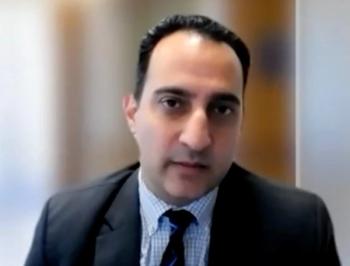
Sikander Ailawadhi, MD, discussed the safety and efficacy of talquetamab in heavily pretreated patients with relapsed/refractory multiple myeloma following a readout of the phase 1/2 MonumenTAL-1 trial.
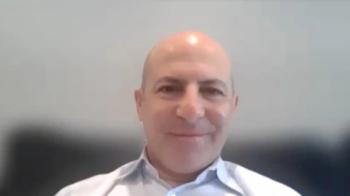
An expert from the University of California, Los Angeles described the purpose and design of the phase 3 NAPOLI-3 study, assessing NALIRIFOX in metastatic pancreatic ductal adenocarcinoma.
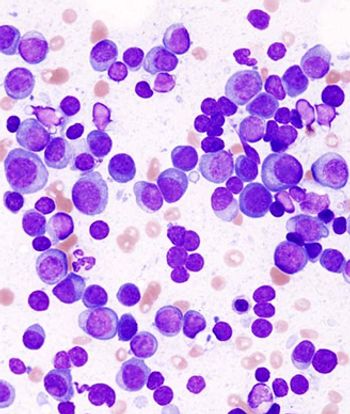
The investigational CAR T-cell therapy equecabtagene autoleucel receives fast track and regenerative medicine advanced therapy designations for managing relapsed or refractory multiple myeloma.

Data from the phase 3 ROMAN trial and the phase 2b GT-201 trial support the new drug application for avasopasem in radiotherapy-induced severe oral mucositis for those with head and neck cancer.

Talha Badar, MBBS, MD, discussed how results from the phase 3 ASCEMBL study of asciminib will impact clinical practice in treating chronic myeloid leukemia in chronic phase.
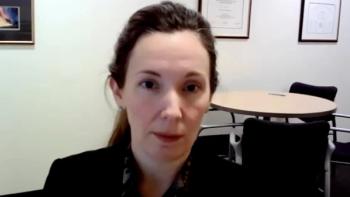
Although opioid use guidelines from the Centers for Disease Control exclude patients with cancer, drug screenings are required that could further contribute to racial disparities.

A medical oncologist and research audiologist from St. Jude Children’s Research Hospital discuss how sodium thiosulfate injection may improve quality of life by preventing cisplatin-associated ototoxicities in pediatric patients with localized non-metastatic tumors, although more research is needed.

Survival appears to be significantly improved when idecabtagene vicleucel is given vs standard of care in relapsed/refractory multiple myeloma.
![“Transfusion independence is the key to my excitement [with] momelotinib as a drug. I will likely use it in most patients in the second-line setting,” says an expert from the University of Texas MD Anderson Cancer Center.](https://cdn.sanity.io/images/0vv8moc6/cancernetwork/6b454d1cce9c39769e8c1acf1f2a6ea96669c1f9-1200x800.jpg?w=350&fit=crop&auto=format)
“Transfusion independence is the key to my excitement [with] momelotinib as a drug. I will likely use it in most patients in the second-line setting,” says an expert from the University of Texas MD Anderson Cancer Center.

Talha Badar, MBBS, MD, discussed the unmet needs in the treatment of chronic myeloid leukemia in chronic phase.

Patients 70 years or older with limited stage small cell lung cancer appear to tolerate concurrent thoracic chemoradiotherapy and have similar disease control rates as younger patients.

Although trilaciclib appears to reduce neutropenia following treatment with FOLFOXIRI and bevacizumab in patients with metastatic colorectal cancer, the phase 3 PRESERVE 1 trial will be stopped due to a lack of responses.

Talha Badar, MBBS, MD, discussed the results of the phase 3 ASCEMBL trial, demonstrating the superiority of asciminib versus bosutinib in patients with chronic myeloid leukemia in chronic phase.

An expert from Dana-Farber Cancer Institute says that policymakers and insurers should take a hard look at policies that restrict opioid use in patients with cancer who are at end of life, especially for underserved communities.

An expert from Dana-Farber Cancer Institute speaks not only to racial disparities in access to opioids for end-of-life cancer care but gender/racial discrepancies, as well.

An expert from the Georgia Cancer Center underscores the need to proactively address socioeconomic challenges in survivors of hematologic cancer.